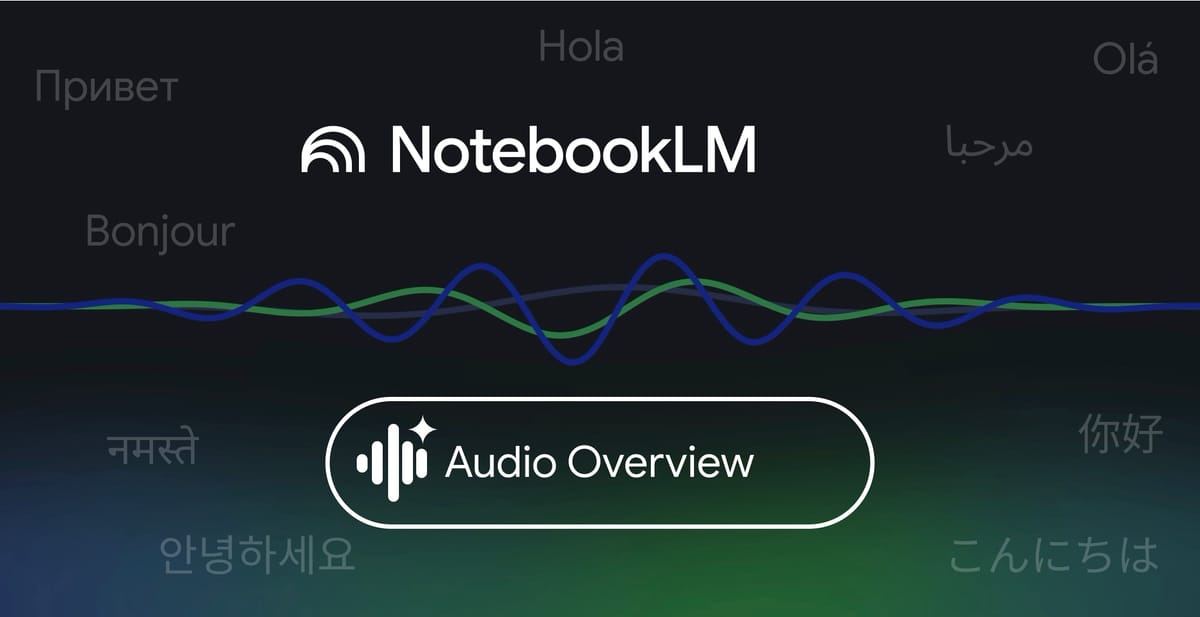
NotebookLM, one of Google’s more quietly transformative AI tools, just got a lot more accessible. Today, Google Labs announced that Audio Overviews — the popular feature that turns your documents into engaging, podcast-like summaries — will now support over 50 languages.
Key Points:
- Google has expanded NotebookLM's Audio Overviews to support over 50 languages, powered by Gemini 2.5 Pro
- Users can select their preferred output language in settings, which applies to both audio and chat responses
- The feature facilitates cross-language learning, enabling users to understand content from multiple language sources
Audio Overviews first rolled out last year and was an immediate hit. It offered something surprisingly simple: a natural way to synthesize and consume dense material without staring at a screen. Rather than simply converting text to speech, Audio Overviews creates conversational exchanges between AI hosts who summarize, explain, and connect concepts from source materials—a format many users find more engaging and memorable than traditional text summaries.
Powered by Gemini 2.5 Pro, these AI-generated summaries now feel even more natural — and crucially, now talk to you in your language of choice, from Afrikaans to Hindi to Turkish.
There is a new “Output Language” setting inside NotebookLM that allows you to easily switch languages on the fly for both audio and text responses. It’s the kind of feature that feels obvious in hindsight but is surprisingly rare across AI products today.
For educators, this expansion opens up powerful new possibilities. A teacher preparing a lesson about the Amazon rainforest, for example, can now incorporate resources in multiple languages—such as a documentary in Portuguese, research in Spanish, and reports in English—while students can generate Audio Overviews in their preferred language, effectively breaking down language barriers that might otherwise limit access to information.
It's refreshing to see Google's continued investment in NotebookLM, which has evolved from an experimental tool to becoming a core part of how many people learn, research, and create with AI.

